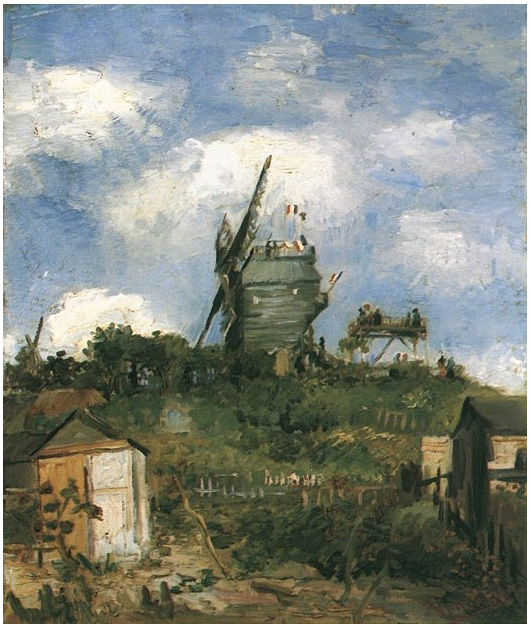Tod and Feur (1940) by Paul Klee
The
swizz artist, Paul Klee, is known to be one of the most influential artists of
the 20th century. During Klee’s last years, one of the last works
that he did reflected on his feelings toward the Hitler era. In 1933, Hitler
took control of Germany, and Klee was dismissed from his position at the
Dusseldorf Academy and returned to his native Bern in Switzerland. When
thinking of Switzerland, we assume neutral and peaceful, but during that period
they were actively facilitating the Nazi Germany actions. Devastated by the
corruption around him, he grew more depressed, which fueled his inspiration for
his painting Tod and Feur (Death and
Fire) (1940). The painting depicts a pale, menacing face, a few stick figures
in the background, with some warm background colors, red and orange. What Klee
wanted to point out in this painting is his view on what civilization has come
to. He believes that humans have been reduced to just metaphysical death and physical
fire.
A
poem by Paul Klee, describes in great detail on what this painting is portraying,
and to go with it is a grand concert playing in direct tone with the
characterization of the painting and poem. Please enjoy.
“In
the beginning there was…? Things moved freely,
so to speak, neither in a curve
nor in a straight line. Think of them
as moving elementally, they go
wherever they go, in order to go
destination-less intent-less disobedient
with movement the only certainty,
a “state” of elemental motion.
It is at first only a principle: to move,
not a movement principle,
no particular intent,
nothing special, nothing organised.
Chaos and anarchy, murky seething
Intangible, nothing heavy nothing
light (heavy-light) nothing white
nothing black nothing white (only greyish) nothing red nothing yellow nothing blue (only greyish) not even directly grey, nothing at all
distinct only indeterminate, vague.
No here, no there, only an everywhere
No distant near
No today, yesterday tomorrow only a tomorrow yesterday
No doing only being
No marked rest no marked movement
only “shadow formation”
only a something: motion as a prerequisite
to change from this elemental state.”
- Paul Klee
so to speak, neither in a curve
nor in a straight line. Think of them
as moving elementally, they go
wherever they go, in order to go
destination-less intent-less disobedient
with movement the only certainty,
a “state” of elemental motion.
It is at first only a principle: to move,
not a movement principle,
no particular intent,
nothing special, nothing organised.
Chaos and anarchy, murky seething
Intangible, nothing heavy nothing
light (heavy-light) nothing white
nothing black nothing white (only greyish) nothing red nothing yellow nothing blue (only greyish) not even directly grey, nothing at all
distinct only indeterminate, vague.
No here, no there, only an everywhere
No distant near
No today, yesterday tomorrow only a tomorrow yesterday
No doing only being
No marked rest no marked movement
only “shadow formation”
only a something: motion as a prerequisite
to change from this elemental state.”
- Paul Klee


















